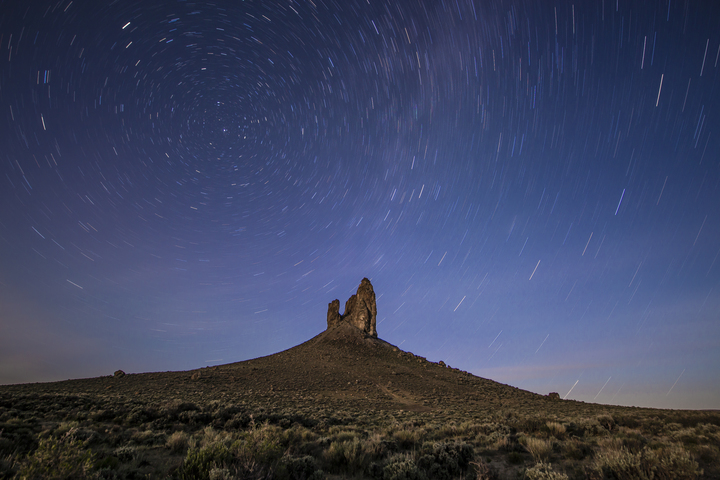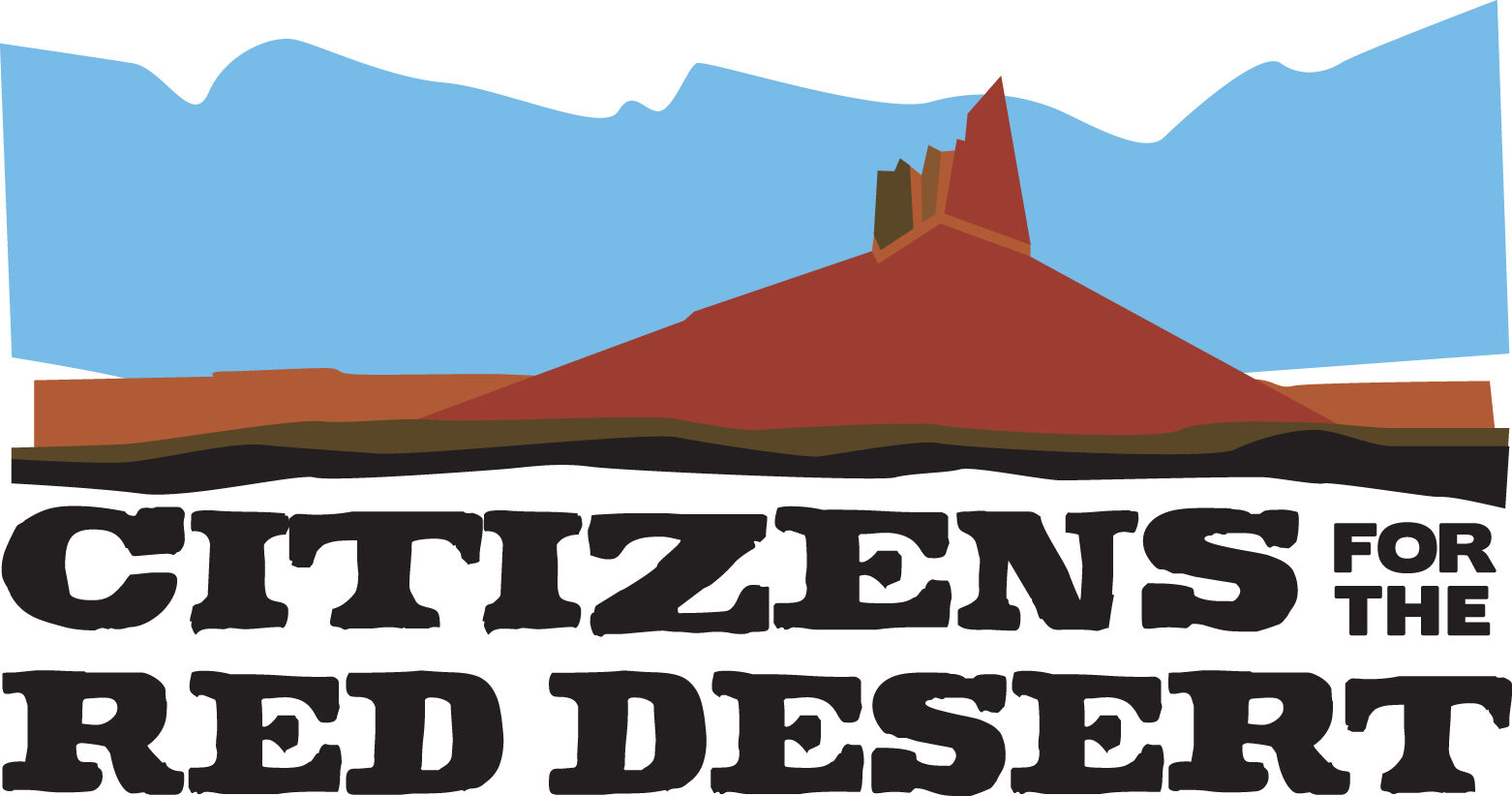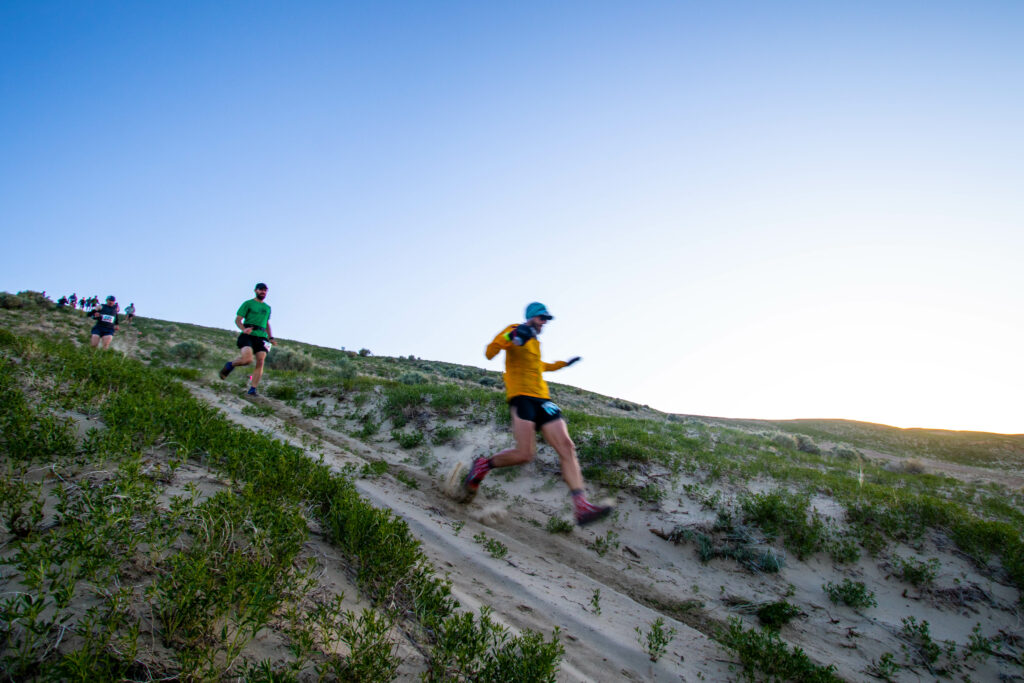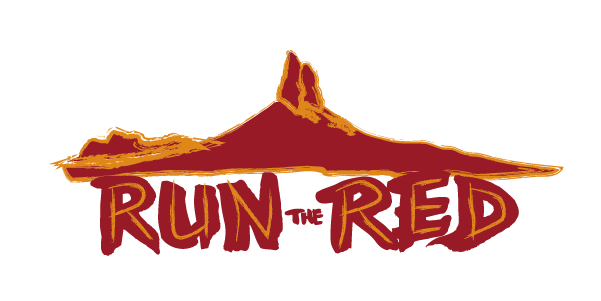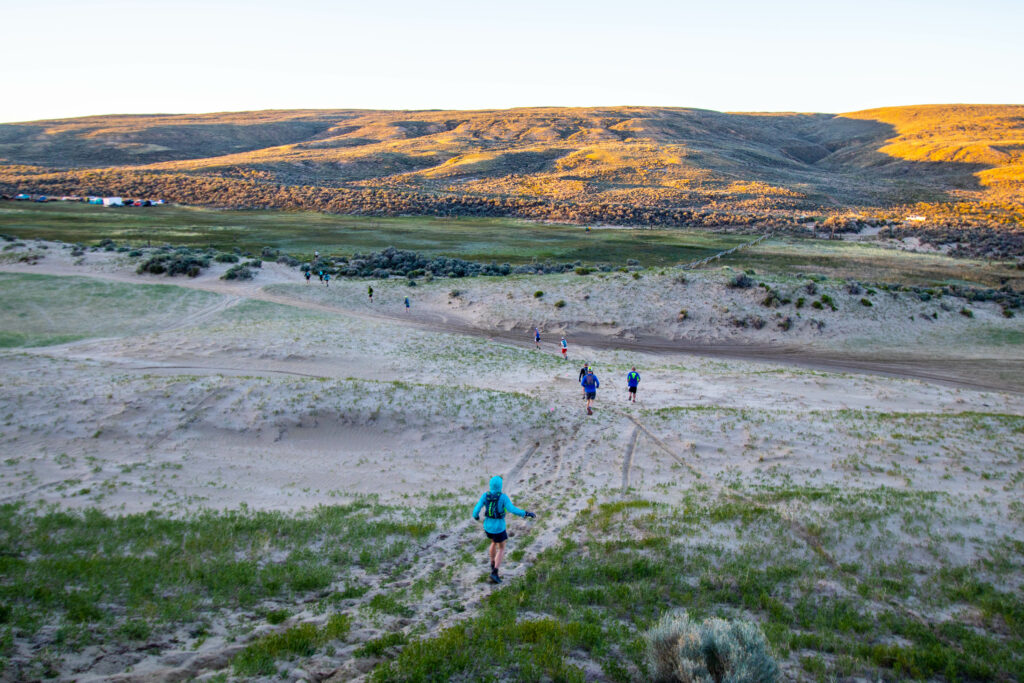Recreation
From backcountry excursions, to big game hunting, racing across sand dunes, to seeking spiritual enlightenment, the Red Desert is both captivating and inspiriting.
WYOMING’S NORTHERN RED DESERT IS A LAND OF MANY USES AND A BACKCOUNTRY RECREATION PLAYGROUND
The Red Desert has been a multiple-use landscape for thousands of years. Today, people use the Desert for everything from backcountry adventures to oil and gas production.
The Red Desert boasts numerous opportunities for backcountry and motorized recreation, all of which are easily accessible from Rock Springs, Pinedale, and Lander. Numerous dirt roads and two tracks provide access to this remote landscape. Dispersed camping is allowed throughout the area. The Red Desert is prized for its big game hunting — there are abundant deer, pronghorn, and elk herds.
The Run the Red race traverses some of the most speculator desert country south of the Wind River Range.
One of the best ways to experience a landscape is to run through it. Run the Red was created to conservation and stewardship of public lands, and to help connect people to a landscape that is one of the most wild and threatened landscapes in Wyoming.
When you register for Run the Red, you are signing up for more than just a race. You are showing land managers, decision makers, and the people of Wyoming that this is a landscape worth protecting, for future generations to experience.
Run the Red is Wyoming’s premier trail running event dedicated to celebrating and conserving the Red Desert — a rugged, vast and storied landscape.
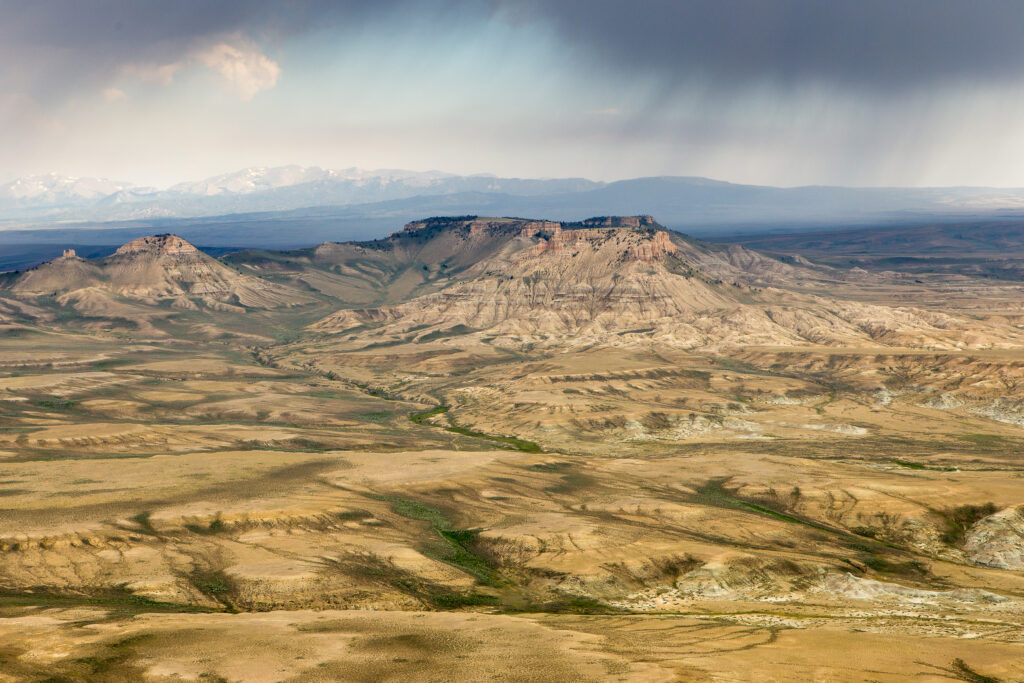
Registration for the half marathon, 50k, or 100k course is now open on UltraSignup.The race will take place September 25th, 2021 to kick off the second year of Wyoming Public Lands Day.
The majority of these lands are federal public lands, owned by all Americans and managed by the Bureau of Land Management for a diversity of purposes. Due to its Serengeti-like wealth of big game, as far back as 1898 this area was proposed to be set aside as a national winter game preserve.
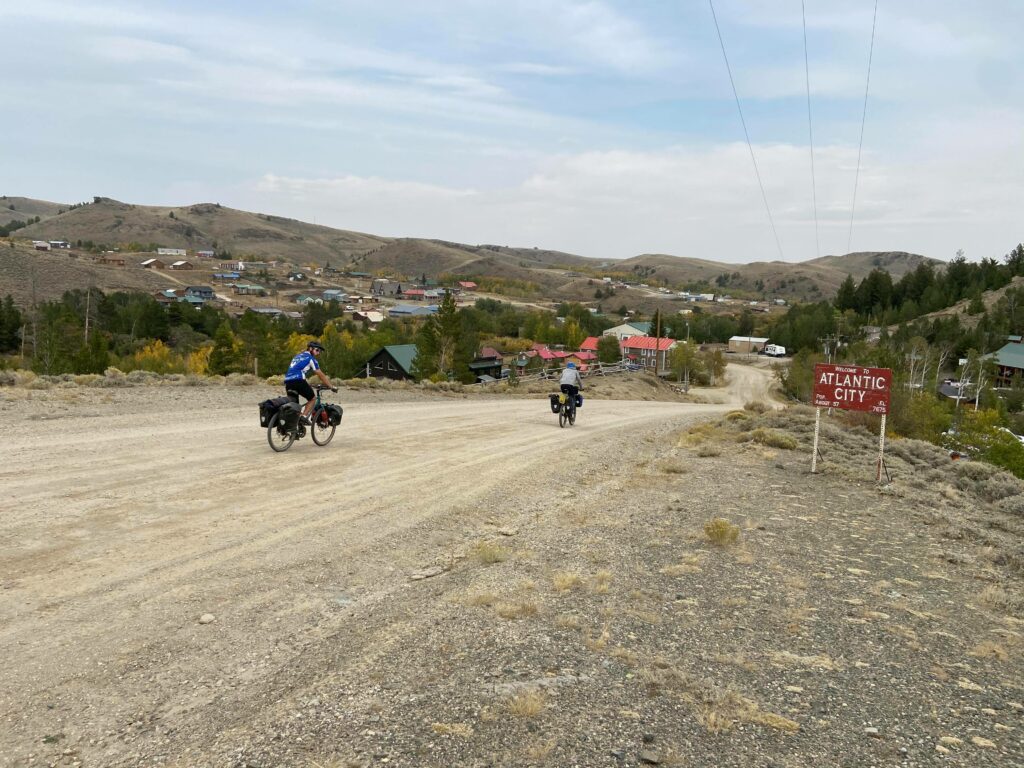
South Pass City State Historic Site at the Desert’s northern edge is a historic “ghost town” from the gold rush days of the late 1800s, and old stage and freight roads leading north to that area traverse the Desert’s sagebrush. Abandoned ranches dot the landscape as testament to the difficulties of eking out a living on this rugged land.
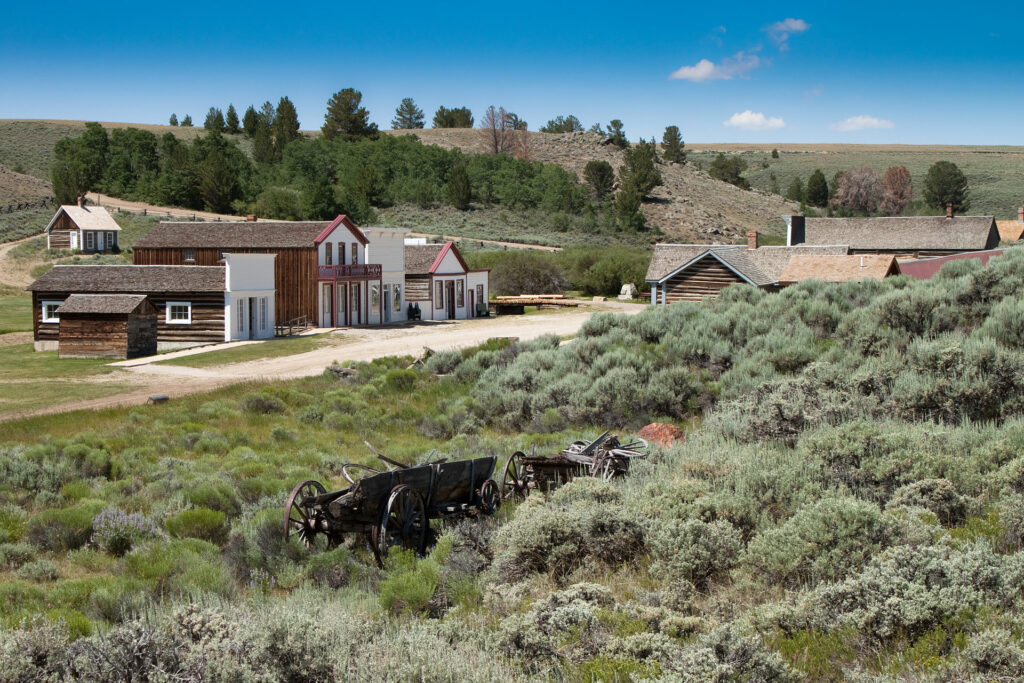
Currently, wild horse herds are managed here to assure range health, and historic trails and Native American cultural sites are protected for their national heritage values.
Today, much of the public land here is leased for grazing, with large “allotments” required to support the scattered cattle. Visitors may encounter ranchers checking fences, hunters scouting their camps or oil and gas workers servicing wells near the Sand Dunes.
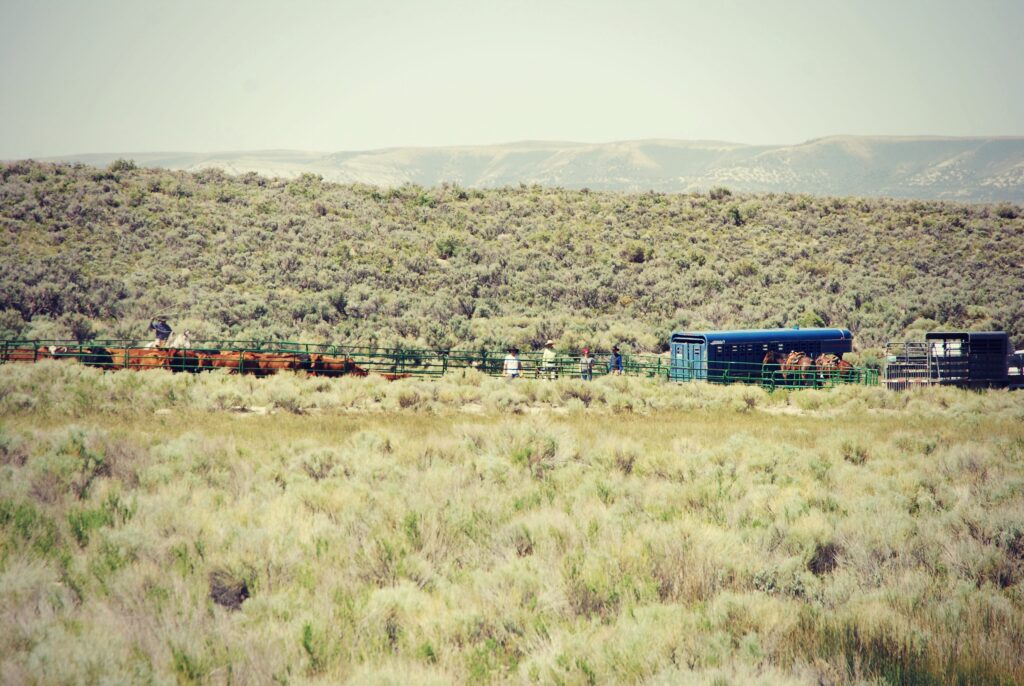
Its wild northern reaches showcase a vast expanse of fenceless high-desert landscape, perfect for horseback riding, mountain biking, long distance running, day hiking, and even motorcycling.
Every summer, ethnobotanist and wildlife guru John Mionczynski from Atlantic City, guides a group of motorcyclists through one of the most difficult portions of the Great Continental Divide Trail—The Red Desert. With limited water, supplies, and meandering rough two-track roads, they can count on legendary John Mionczynski to show them the way.
Trout fishing is also possible on the nearby Sweetwater River. The desert’s numerous wilderness study areas provide for great backcountry camping between buttes and mesas or in aspen glades near spring seeps. Farther south, near the desert’s iconic sand dunes, a developed ORV area is perfect for those interested in motorized fun.
Camping, hiking, horse-packing, and photography are a few of the many experiences that people seek in the Red Desert. One can walk for miles uninterrupted by roads or sounds of machines. People come to seek a spiritual connection and solitude in the desert.
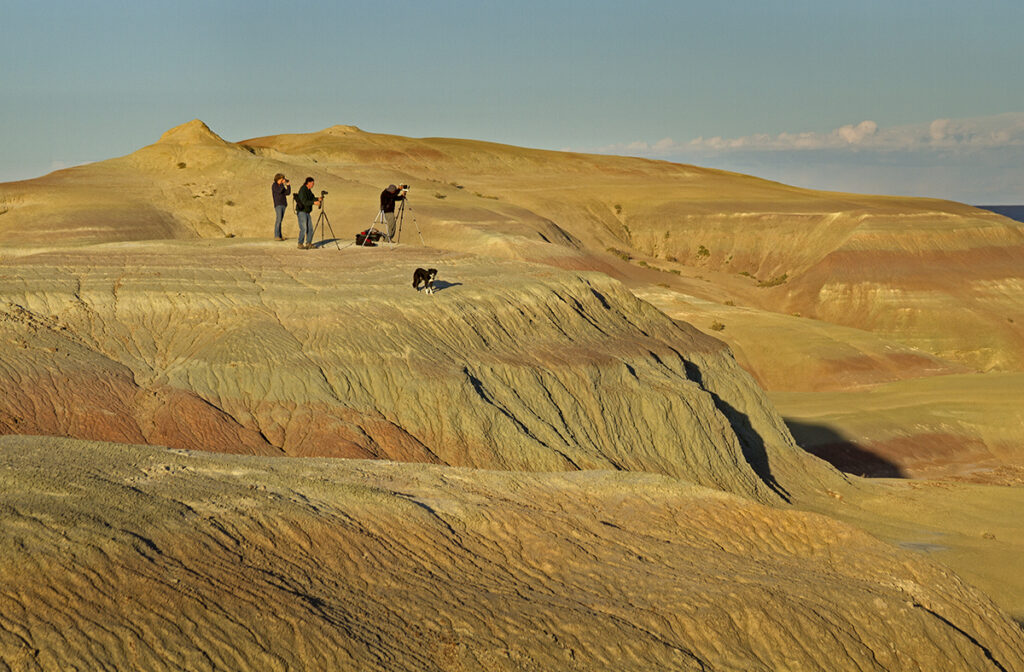

With most of this landscape largely intact and contiguous with the Greater Yellowstone Ecosystem, opportunities for wildlife viewing abound. As much of the Desert sits well above 7,000 feet in elevation, expect to see sweeping views in all directions — a photographer’s delight. But note that the real treat comes after the shadows grow long and the sun goes down: the Red Desert’s night sky will leave you speechless and humbled.
